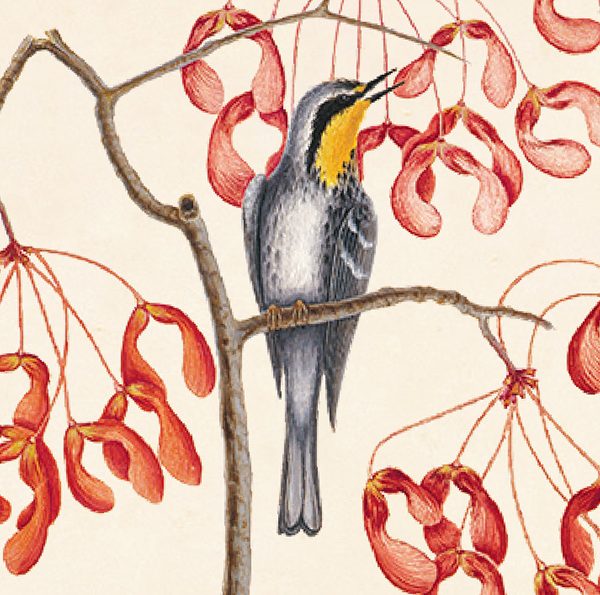January Theme: Nature & Environment
A new year and new beginnings: the world around us changes; so do we change alongside it, often because of it. For the second year in a row, we are taking the month of January to discuss books on nature and environment. Both presently and historically, climatic, biological, and global conditions have greatly influenced politics, philosophy, and literature, to say nothing of scientific discovery and exploration.
Aaron Sachs writes beautifully in Arcadian America: The Death and Life of an Environmental Tradition, narrating the history of the garden cemetery, a popular but largely forgotten tradition of the pre-Civil War era, with much to teach us about the history of America’s communal landscapes and today’s environmental ideas. And Stephen Kellert explores biophilic design in Birthright: People and Nature in the Modern World, relating the inherent human need to connect with the natural world and how it contributes to our physical and mental health, productivity, and well-being. You can follow along and read more about Birthright on Facebook.
 Master historian Geoffrey Parker launches an ambitious argument in the soon-to-be-published Global Crisis: War, Climate Change and Catastrophe in the Seventeenth Century, explaining three quarters of a century wracked with disaster, as a part of a larger consequence of global climate change. Similarly, Mark Harrison has penned Contagion: How Commerce Has Spread Disease, covering the history of medicine and public health through disease, sanitary measures, and global political and economic motivation dating back to the fourteenth century.
Master historian Geoffrey Parker launches an ambitious argument in the soon-to-be-published Global Crisis: War, Climate Change and Catastrophe in the Seventeenth Century, explaining three quarters of a century wracked with disaster, as a part of a larger consequence of global climate change. Similarly, Mark Harrison has penned Contagion: How Commerce Has Spread Disease, covering the history of medicine and public health through disease, sanitary measures, and global political and economic motivation dating back to the fourteenth century.
In association with the Chicago Botanic Garden, we are proud to publish Bonsai: A Patient Art, featuring photographs and essays on the practice and philosophy of the intricate Japanese art form. Arboreally speaking, forthcoming from Peter Crane is Ginkgo: The Tree That Time Forgot, a story of a tree that people saved from extinction, remaining stubbornly unchanged for more than two hundred million years.
We will feature new books on Antarctica: Veronika Meduna’s Secrets of the Ice: Antarctica’s Clues to Climate, the Universe, and the Limits of Life: now understood to hold important keys to Earth’s climate and environment, Antarctica attracts hundreds of research scientists each year. Meduna accompanies some of them to the bottom of the world and explains the implications of their fascinating research; and Edward Stump’s Roof at the Bottom of the World: Discovering the Transantarctic Mountains, the first fully illustrated history of the discovery and exploration of the most remote mountain belt in the world, each book with amazing photographs of the most remote continent.
And with the Yale University Press Spring 2013 catalog, we’ll begin to reveal the great books for the greenery ahead: exciting new titles by James Barilla, Jay Ingram, Clive Hamilton, Zygmunt Plater, and Akiko Busch, in advance of our “Life-times” theme in May! Don’t forget to follow along with @yaleSCIbooks on Twitter for more information on the trove of environment, psychology, health & medicine, natural history, animal studies, and physical sciences titles published by YUP!


























